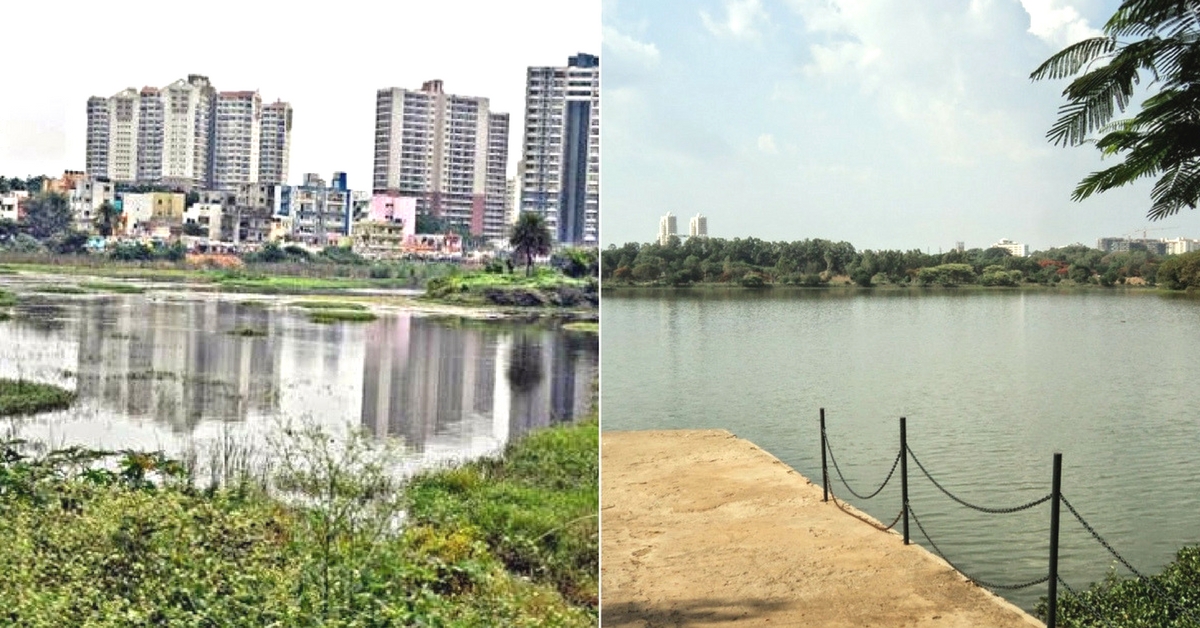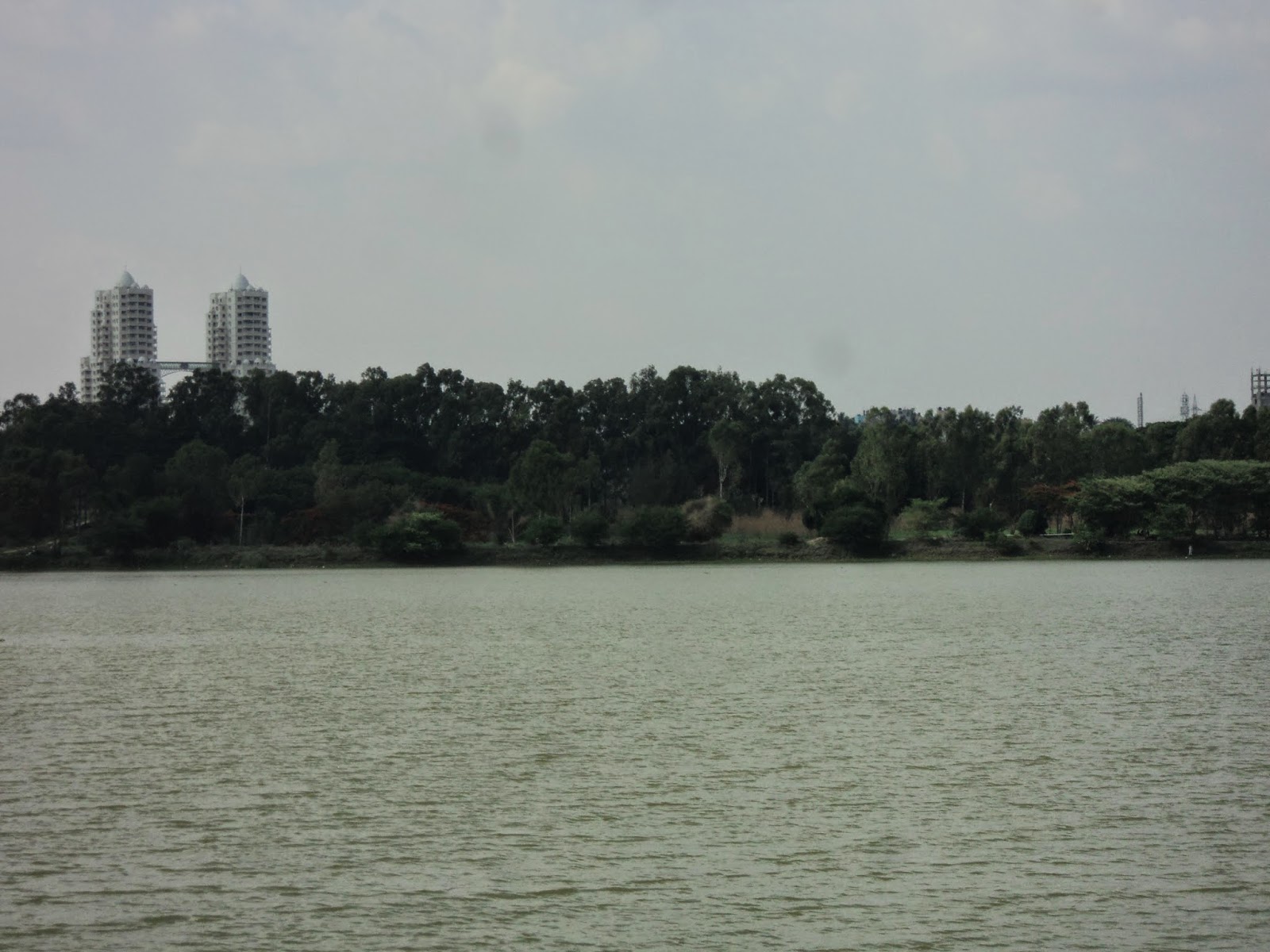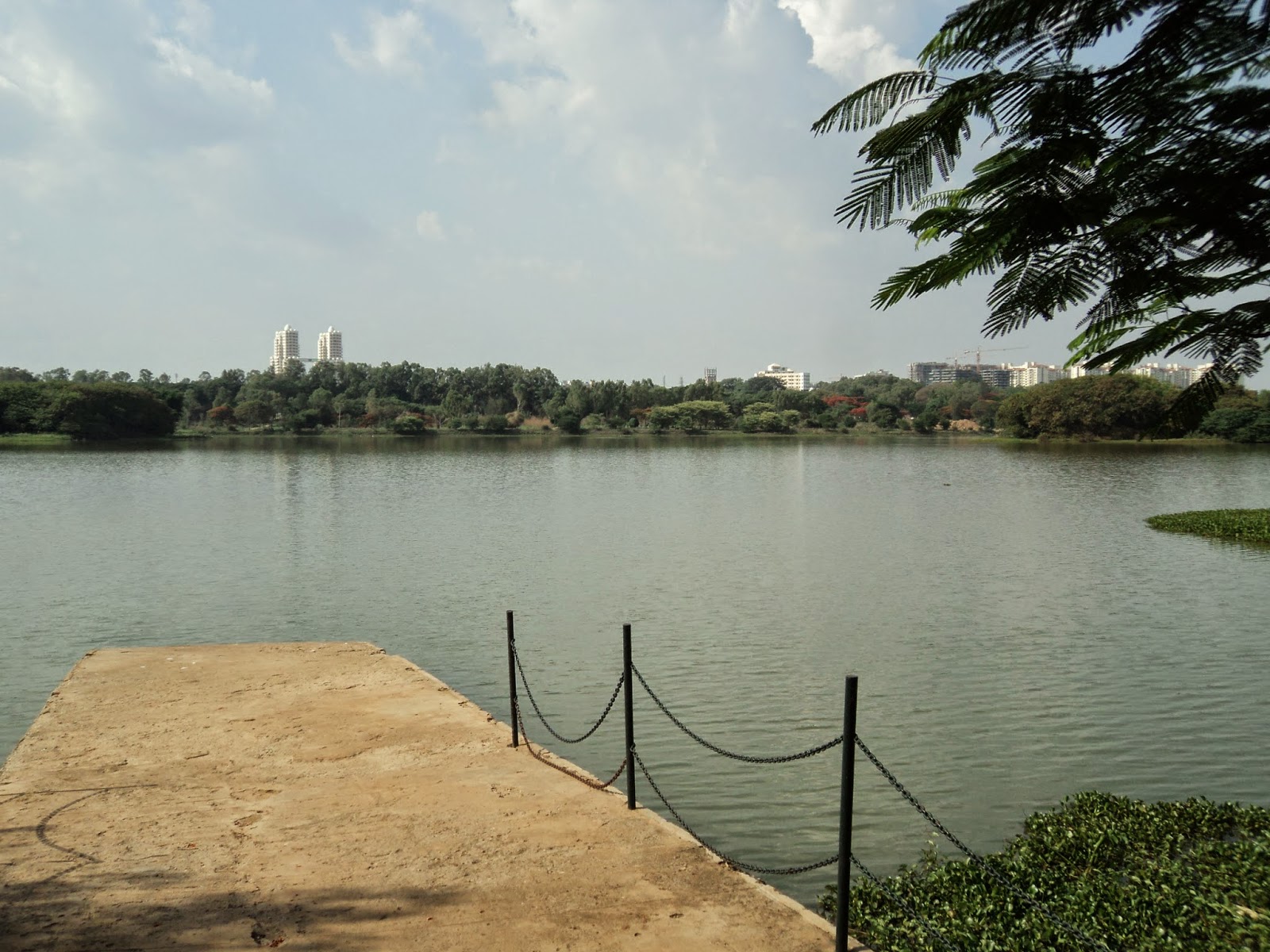Sewage-Choked Hell to Natural Wonder: How I Helped Save a Bengaluru Lake
Rejuvenation may sound like a fancy word, but truth be told it boils down to simple, practical, common-sense ideas. It took the collective efforts of many to transform the sewage-infested waters.

Plants to eat up pollutants, fish to enhance water quality and silt that’s turned into a joggers’ track keep Hebbal Lake in Bengaluru safe from garbage dumpers and greedy land sharks
When you zip past the sparkling Hebbal Lake on your way to the Bengaluru International Airport, you wouldn’t imagine that it was once covered by layers of water hyacinth, filth and sewage, would you? Migratory birds nest in trees on its green islands, joggers pound the 7-km track on the lake’s periphery, and the lake itself is showcased as a tourist attraction. How did this magical makeover happen?
Rejuvenation may sound like a fancy word, but truth be told it boils down to simple, practical, common-sense ideas.

The Indo-Norwegian Environment Programme (INEP) supported the rejuvenation of three lakes in the City: Hebbal, Madiwala and Dodda Bommasandra near Vidyaranyapura.
I chose to work on Hebbal Lake first because of its strategic location: it’s on National Highway 7, and it has a single water inlet channel which makes the clean-up drive relatively easy. Upstream are HMT Layout, Tata Nagar and Vidyaranyapura, and downstream is Nagavara Lake and Manyata Tech Park.
The 64.5-hectare lake was putrified, covered with water hyacinth and had no visible water sheet. It was as if one could walk on it! Sewage from all the nearby layouts was discharged into this lake. With funds from the INEP, help from experts in water conservation and cooperation of the Forests Department, the lake became a living, breathing entity.
Here’s how we achieved the seemingly impossible:
We began by identifying the source and entry points of sewage discharged into the lake.

We found that domestic sewage discharge was so heavy it caused the uncontrolled growth of water hyacinth. The water, which seeped into the ground, was full of contaminants, including heavy metals.
To fix this, the lake was isolated from the sewage, and the stormwater flow was regulated. We built a diversion canal downstream so that now the upstream sewage flow bypasses the lake and flows into a canal and then into Nagavara. Ideally, it should have gone into a sewage treatment plant.
This was a temporary solution, but we shifted it downstream to show that an urban lake can be restored. There’s a lot of science behind this.

Then, a wetland system was created within the Hebbal lake, where filtration can remove plastics, bottles and large objects. Biological purification was achieved using hydrophytic plants which absorb dissolved pollutants and toxins. The wetland also acts as a silt trap.
There are vents from where the water can flow from a certain height into the main lake. This ensures that the relatively clean water is made cleaner.
We also desilted the lake and removed accumulated sludge and sediments. This process took us three years (2000-2003) because the sludge had accumulated over 40 years!
After desilting the lake, borewells in the vicinity were recharged and began overflowing!

The obvious question we faced was: Where would the millions of tonnes of sludge go? We couldn’t dump it just anywhere. It wasn’t fertiliser-quality because it was full of detergents, heavy metals, toxins etc. It was too expensive to transport to a faraway landfill.
Then, we had a brainwave: the lake was being developed as a recreation centre. So, we created a jogging track of 7 km with this silt!
We covered the sludge with a layer of good soil and planted ornamental plants, grass etc.

You may also like: How a Village Library Group Revived the Birthplace of Malayalam
We also created islands using the silt. Here, we planted fruit-bearing trees. The islands designed such that dogs and rodents couldn’t access it. It became a nesting place for birds such as purple moorhens, cormorants, Brahminy kites, darters, kingfishers, weaver birds, purple herons, grey herons, pond herons etc.
There were also a host of other steps. A waste weir was built to maintain water levels in the lake. The weir also prevents breaching and flooding. We strengthened the existing bunds and wetlands with stone pitches.
We built a chain-link fence to protect the lake from garbage dumpers, and fish culture and boat jetty services were introduced.

The fish enhanced water quality and gave some revenue, while the pedal boats were for public recreation and churned the water, thereby aerating it.
In total, the investment for the restoration was Rs 3 crore, but the returns, we can all agree, is immeasurable.
(Written by AR Shivakumar)
Like this story? Or have something to share?
Write to us: [email protected]
Connect with us on Facebook and Twitter.
NEW: Click here to get positive news on WhatsApp!
This story made me
- 97
- 121
- 89
- 167
Tell Us More
We bring stories straight from the heart of India, to inspire millions and create a wave of impact. Our positive movement is growing bigger everyday, and we would love for you to join it.
Please contribute whatever you can, every little penny helps our team in bringing you more stories that support dreams and spread hope.



















